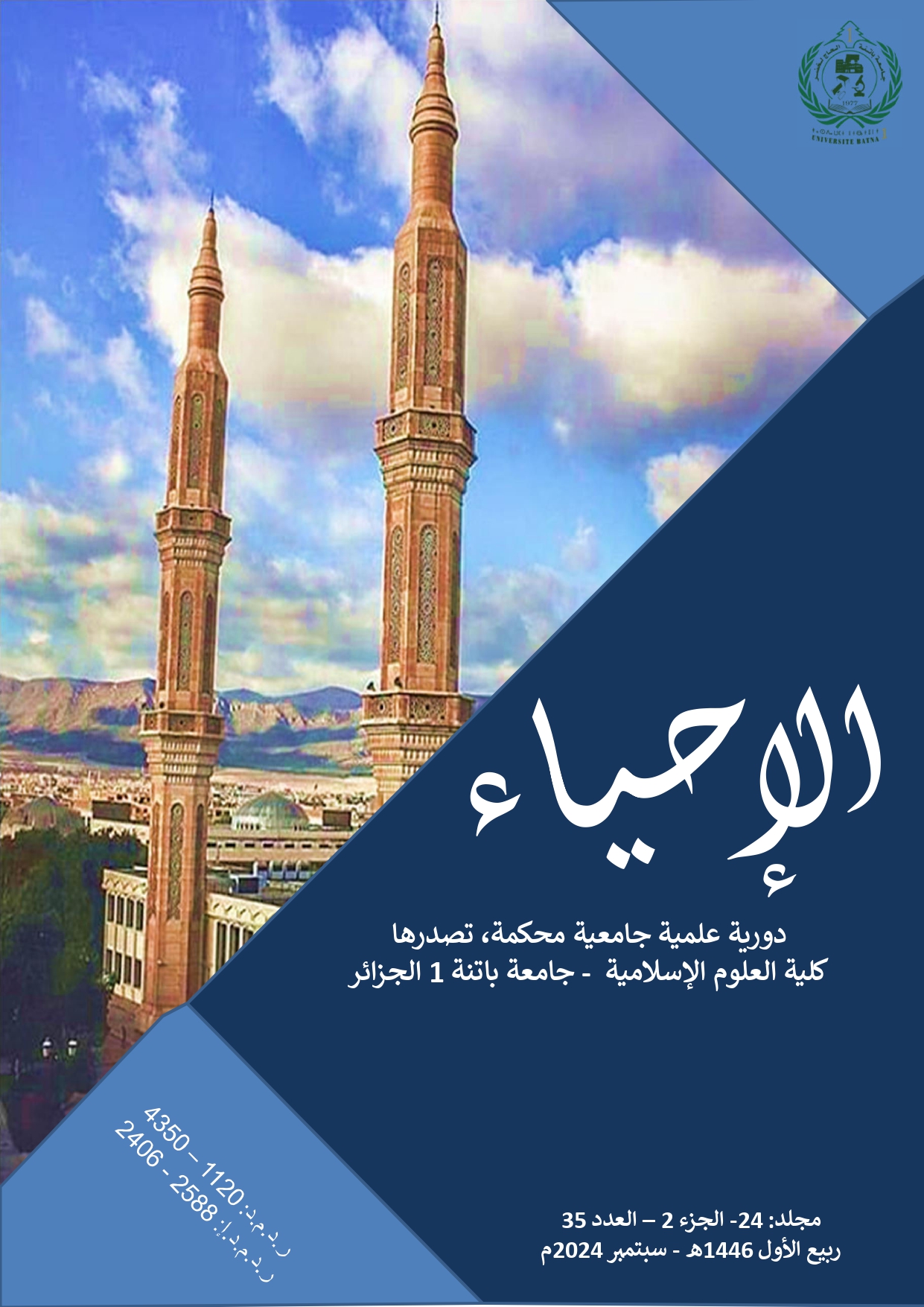The linguistic effects of the Hilali migrations on the central Maghreb during the Hammadi era (408-547 AH / 1018-1152 AD)
DOI:
https://doi.org/10.59791/ihy.v24i2.4575Keywords:
Al-Hilaliyin, Arabization, folk literature, dialect, Middle MaghrebAbstract
In this research paper, we present an important topic about one of the important effects that human migrations have on the peoples and regions that are crawling on them, which is the linguistic effect, the influence of Abba, but to loosen its shadow in the Maghreb region by the Hilalians, these Arabs who were woven and sewn around them stories, and set up courts of parity and argument about the effects of sabotage they inflicted in the Maghreb region, oblivious to the positive role for them.
A role that we wanted to present to you in this paper entitled "The linguistic effects of the Hilalian migrations on the central Maghreb during the Hammadi era (408-547 AH / 1018-1152 AD)", the wise policy of the Hammadi state aimed at containing these elements, helped to stabilize them and friction with the local Berber elements, so they changed its tongue and refined its language to a new dialect based on the Arabic language, which is more eloquent than those in the Levantine countries in that period, leaving a cultural impact represented in those vocabulary and linguistic structures, up to literature. Popular poems and azjal with a distinctive colloquial dye to be removed until today.
Downloads
Published
How to Cite
Issue
Section
License

This work is licensed under a Creative Commons Attribution-NonCommercial-NoDerivatives 4.0 International License.





